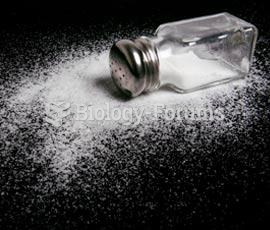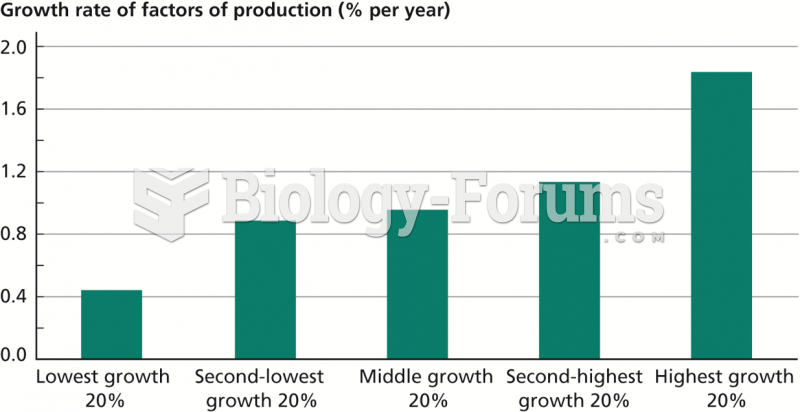Answer to Question 1
a) When the 3rd worker is hired, output increases from 36 to 48, an increase of 12 shirts per day. So the marginal product of the 3rd worker is 12 shirts per day.
b) Average fixed cost is total fixed cost divided by the output produced. Total fixed cost is 100, so Randy's average fixed cost is 100/48, which is 2.08 per shirt.
c) Average variable cost is total variable cost divided by the output produced. To produce 56 shirts, Randy needs 4 workers. So Randy's total variable cost is 50 4, which is 200. Then, his average variable cost is 200/56, which is 3.57 per shirt.
d) The 52nd sweater is produced when the 4th worker is hired and the output increases from 48 to 56 shirts. The marginal cost of producing these additional 8 shirts is the cost of employing the additional worker, 50. So the marginal cost of producing the 52nd shirt is 50/8 = 6.25. Alternatively, the total cost of producing 48 shirts is 100, the fixed cost, plus 3 50, the variable cost, which is 250. And the total cost of producing 56 shirts is 100, the fixed cost, plus 4 50, the variable cost, which is 300. Then the marginal cost equals the change in the total cost divided by the change in output, or 50/8, which is 6.25.
e) Average total cost is total cost divided by the output produced. Total cost is fixed cost plus variable cost. Randy's fixed cost is 100. To produce 48 shirts, he needs 3 workers, so his total variable cost is 50 3 = 150. Randy's total cost is 100 + 150 = 250. Then his average total cost is 250/48, which is 5.21.
Answer to Question 2
The Gini ratio is the ratio of the area between the line of equality and the Lorenz curve to the entire area beneath the line of equality. So the Gini ratio is 2,000/5,0000 = 0.4.







